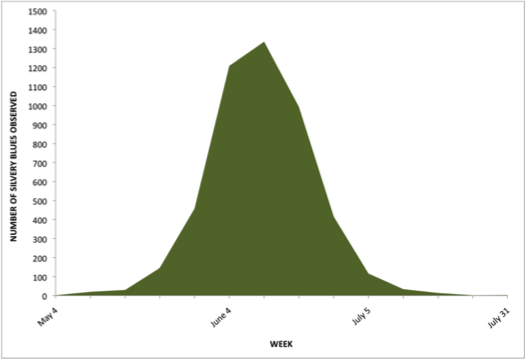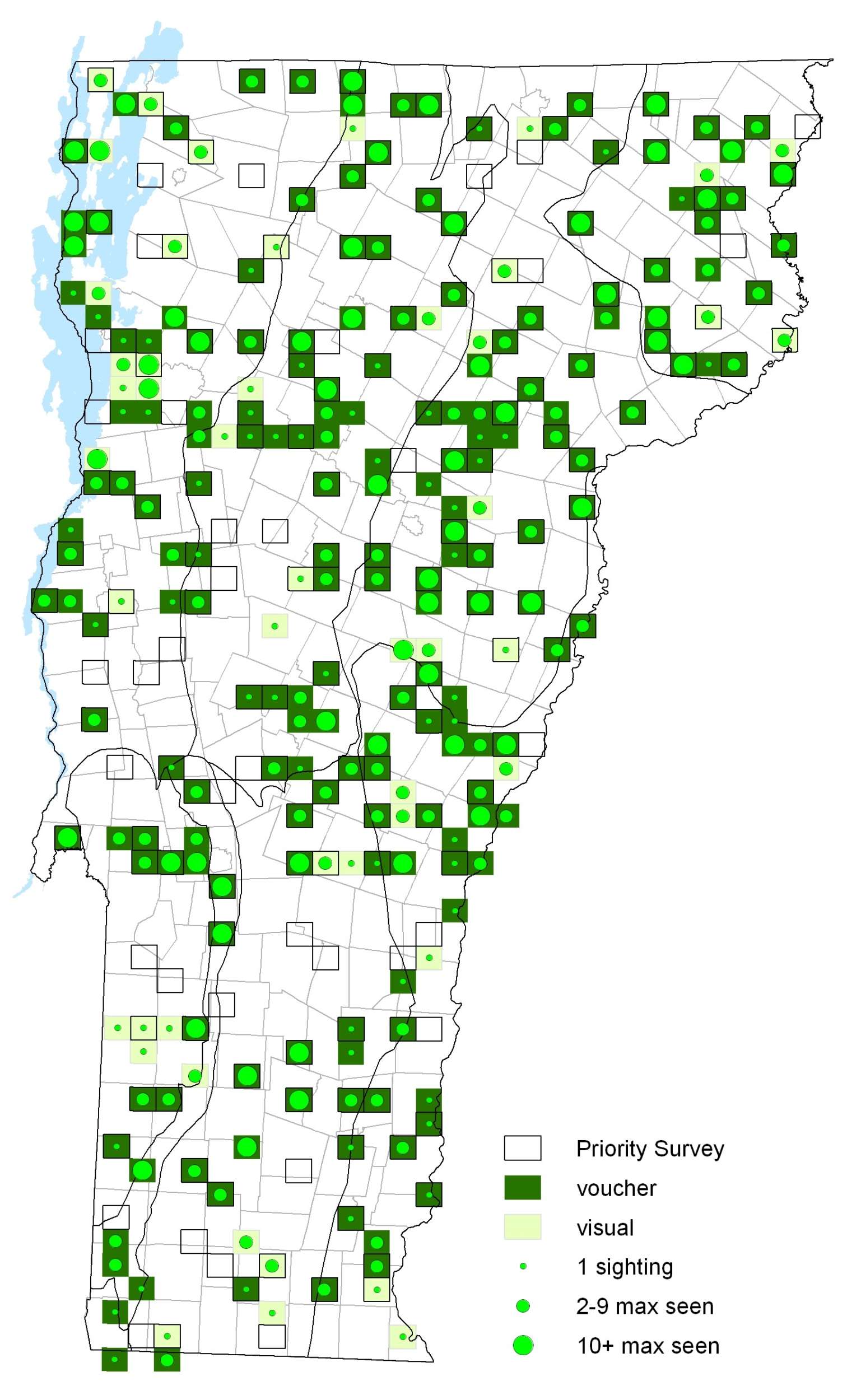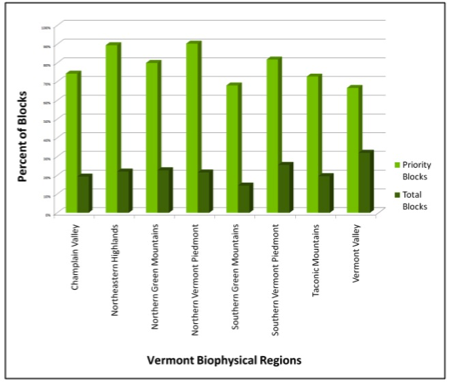|
Resident Conservation Status North American Range |
Two allopatric races occur in eastern North America, the southern nominant race lygdamus and the northern race couperi found in Vermont. Couperi has been expanding its range southward, mostly along highway corridors as it takes advantage of vetch (Vicia) plantings, arriving in northern New England in the 1960s and northern New York in 1980s. The earliest known record for Vermont was 21 May 1989 in Colchester (J. Hedbor). They are strong fliers and males patrol near hostplants for females. Eggs are laid singly on flower buds and young leaves. Caterpillars feed on flowers, seedpods, and young leaves and are tended by ants. Pupae overwinter.
Identification
Upperside of male iridescent silvery blue with narrow dark borders; female darker blue with wide borders. Both sexes have white fringe. Underside gray-brown; both wings with row of white-ringed, round black spots.
Flight
One flight beginning in early May and becoming very abundant in June. Extreme dates: 4 May 2002 in Woodstock (K.P. McFarland), 4 May 2006 in Grand Isle (D. Hoag), and 31 July 2003 in Morristown (C. Gifford).
Distribution and Habitat
Common and abundant throughout Vermont during VBS. Uses a variety of habitats including open and damp woods, meadows, roadsides, brushy areas and waste places. Hostplants are from the family Fabacea and tend to be very common species such as Cow Vetch (Vicia cracca), Alfalfa (Medicago sativa) and White Clover (Melilotus alba). VBS observers reported egg laying and larvae on Cow Vetch. Many nectar sources reported during VBS: wild strawberry, buttercup, fleabane (Erigeron), vetch, Robin’s Plantain, Red Osier Dogwood (Cornus sericea), Black Cherry, Red Clover, Raspberry, Forget-me-not (Myosotis), mustard, mint, honeysuckle, Orange Hawkweed, Common Cinquefoil (Potentilla simplex), bluets, dandelion, and blueberry (Vaccinium). 







